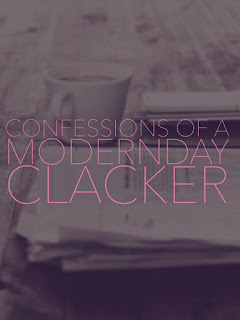When making the decision to preserve pieces of our history how do we decide which to preserve physically and which should only be preserved through photographs and traveling museum exhibits? Further more, which do we choose to repurpose?
While watching the Many Rivers To Cross miniseries on Netflix I find myself contemplating about the places Henry Louis Gates, Jr visits across the nation and how some are still surprisingly in tact, mostly turned into museums, others given way to the times and have been now made into highways, or forgotten about under underpasses.
Last month the story of the Rosenwald Schools surfaced, debating their need for preservation. Over 100 years ago in over 15 states across the south Booker T. Washington and Julian Rosenwald established an approximate 5,000 schools. It is said that at least 10% of the schools remain, most of which are located in the state of Virginia. (Click the link for a more detailed report of the schools and the fight for their preservation.)
Then we have The Dunbar Apartments in Harlem, New York. Built by John D. Rockefeller around 1926, these apartment buildings held important figures in the Black community such as A. Philip Randolph, Countee Cullin, and W.E.B. Dubois. In the late '70's the complex was placed in the National Register of Historic Places, and has been purchased by E&M Associates for its rehabilitation. What's interesting to note for me is that when mentioning the purchase on The Real Deal (commercial real estate blog), it calls the Dunbar "iconic" yet mentions nothing of its importance in African-American history, bringing me back to the questions of preservation. Are we preserving the building but not the history? Would the importance of this site only go down in Black History buried deep only to be found by historians for the occasional February documentaries? Or will we see photographs within the lobby of the lives that once occupied this space? Only time will tell. In the meantime I found this New York Times article from 1990 giving a detailed history of the Dunbar Apartments and how they were turning into a rental property.
Side Note: While conducting my search for more information about the Dunbar Apartments, I came across the Los Angeles Conservancy website which discusses The Dunbar Hotel assumed to also be named after poet Paul Laurence Dunbar.
How do we choose? Is it the pain or pride of the history it brings? Is it the location? Are those landmarks without the fear of eminent domain better deemed to be preserved? What is the argument for their preservation, new use, or demolition?
This isn't just a question for historic Black sites, however. We are seeing a resurgence of American malls being repurposed for organizations such as churches, schools, to even police facilities. Some, like Austin Community College, who was granted a two-bond proposition for $386 million to refurbish an abandoned mall to expand its campus, has receives great support for its efforts of solving the matter of urban blight. While others, like the Forest Lake, Minnesota police who planned to move into a closed down mall, met opposition from citizens who felt they should have some say in how their tax dollars were spent, especially when the move would ensure tax increases.
How do we preserve our communities? How do we make them new and current? How do we make these simultaneous efforts? I am not sure, I don't know what the answer is, which is why I am asking the question.











